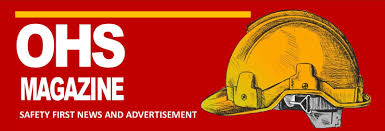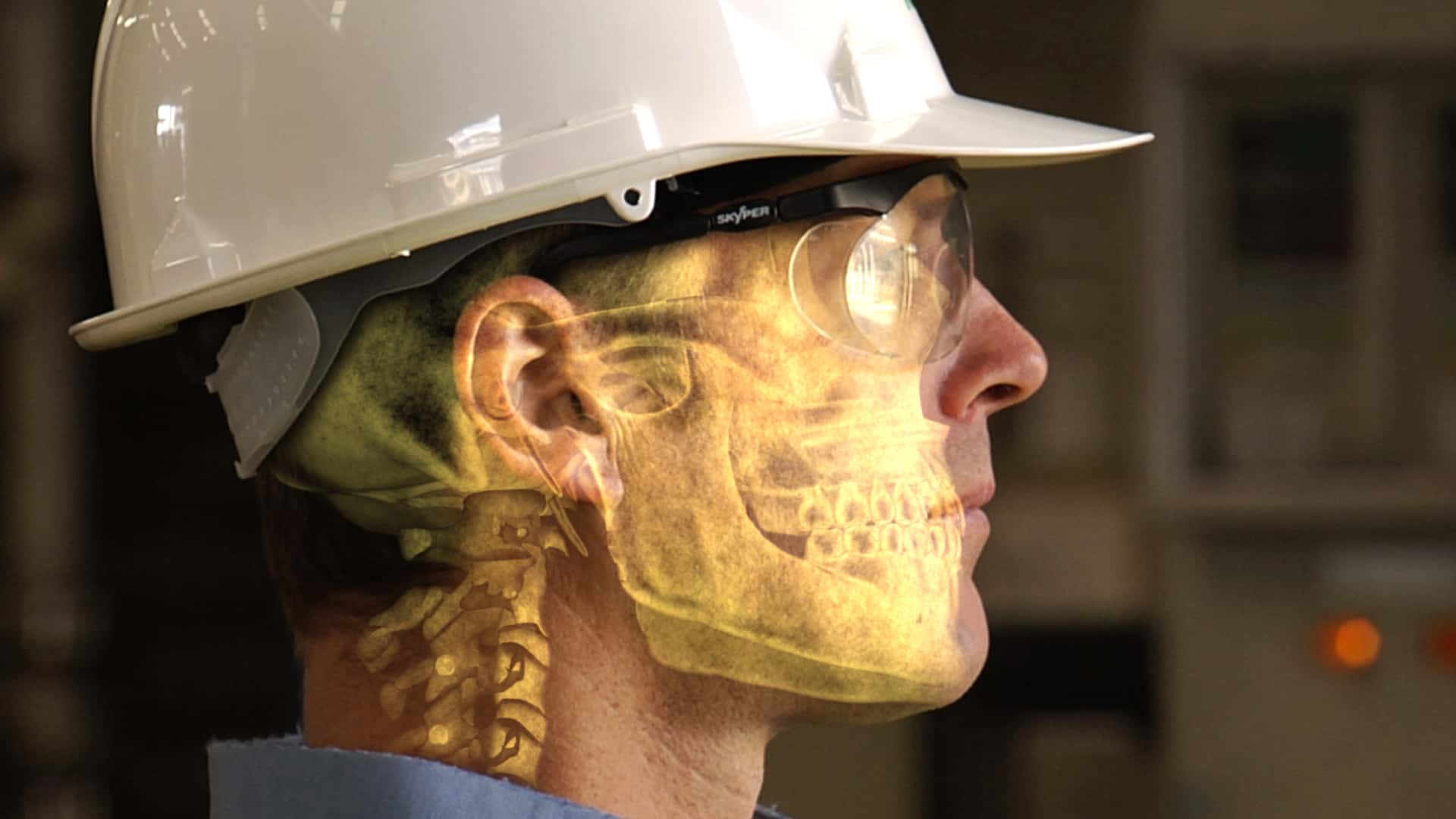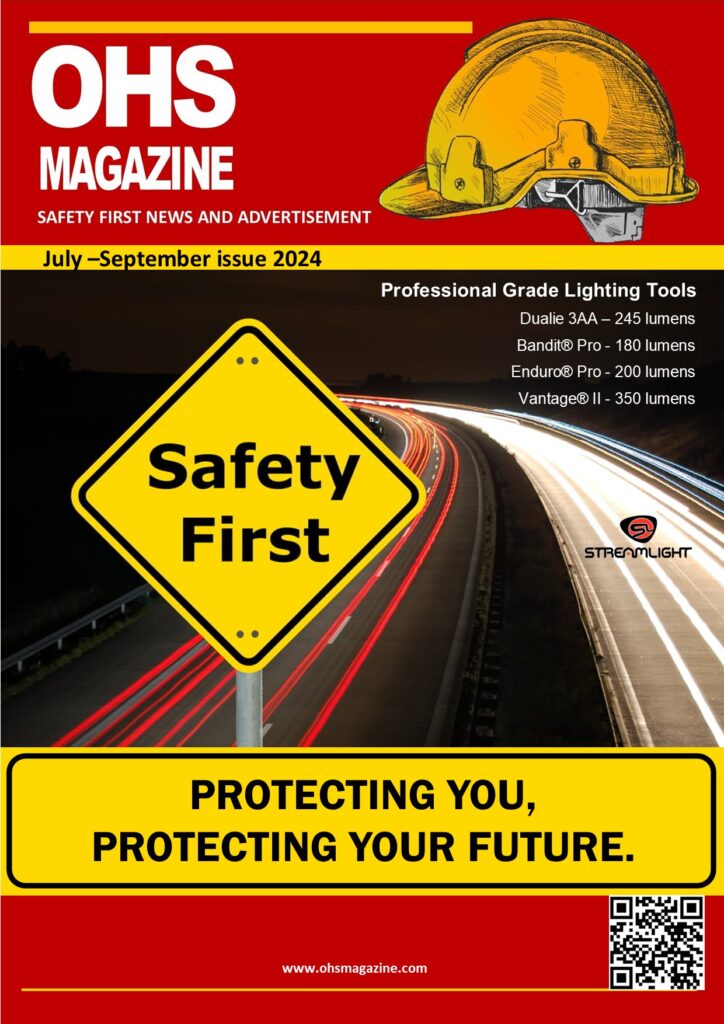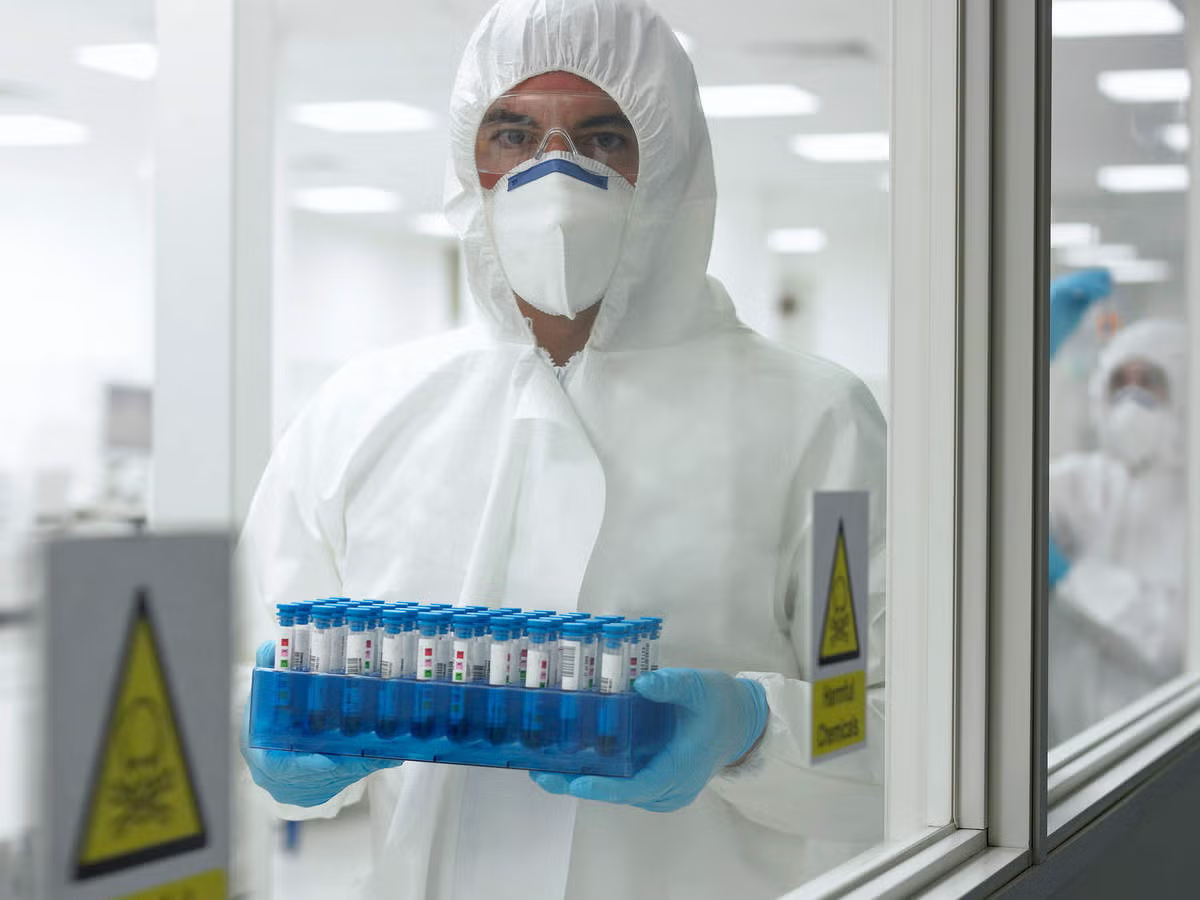Ensuring Safety in Hazardous Work Environments: The Importance of Head Protection
In hazardous working environments, ensuring worker safety is paramount. Among the various protective measures, head protection stands out as a critical component in preventing serious injuries. Whether on construction sites, industrial facilities, or mining operations, the risk of falling objects, impact from machinery, or accidental slips poses a constant threat to workers.
The Role of Head Protection
Head injuries can lead to severe consequences, including concussions, traumatic brain injuries, and even fatalities. Protective helmets and hard hats are specifically designed to absorb shock, shield the skull, and minimize the impact of accidents. Employers must comply with workplace safety regulations to ensure that workers wear the appropriate head protection suited to their job hazards.
Types of Protective Headgear
Various types of protective headgear cater to different workplace risks. Hard hats, typically made from high-density polyethylene (HDPE) or fiberglass, provide resistance against impact and penetration. Some helmets come equipped with face shields and visors to offer additional protection against chemical splashes or flying debris.
For industries dealing with electrical hazards, specialized helmets with non-conductive materials help prevent electrocution. Meanwhile, in high-risk zones such as oil rigs or extreme weather conditions, insulated and heat-resistant headgear ensures enhanced protection.
Compliance and Safety Regulations
Regulatory bodies such as the Occupational Safety and Health Administration (OSHA) in the United States and the Health and Safety Executive (HSE) in the United Kingdom mandate stringent safety measures to protect workers. Companies must conduct regular risk assessments, provide adequate training, and ensure that protective headgear meets industry standards.
Regular inspection and maintenance of safety helmets are crucial. Over time, exposure to sunlight, chemicals, and wear and tear can degrade the material, reducing its effectiveness. Workers should replace damaged or expired helmets promptly to maintain optimal protection.
Promoting a Culture of Safety
Beyond providing head protection, fostering a strong safety culture is essential. Employers should encourage workers to report safety concerns, conduct routine safety drills, and integrate safety practices into daily operations. By prioritizing worker well-being and implementing robust safety protocols, businesses can significantly reduce workplace accidents and injuries.
Conclusion
Head protection is an indispensable aspect of workplace safety in hazardous environments. Employers and workers must remain vigilant and proactive in implementing protective measures to prevent serious injuries. By adhering to safety regulations and ensuring the proper use of protective headgear, workplaces can create a secure and productive environment for all employees. The Importance of Head Protection






